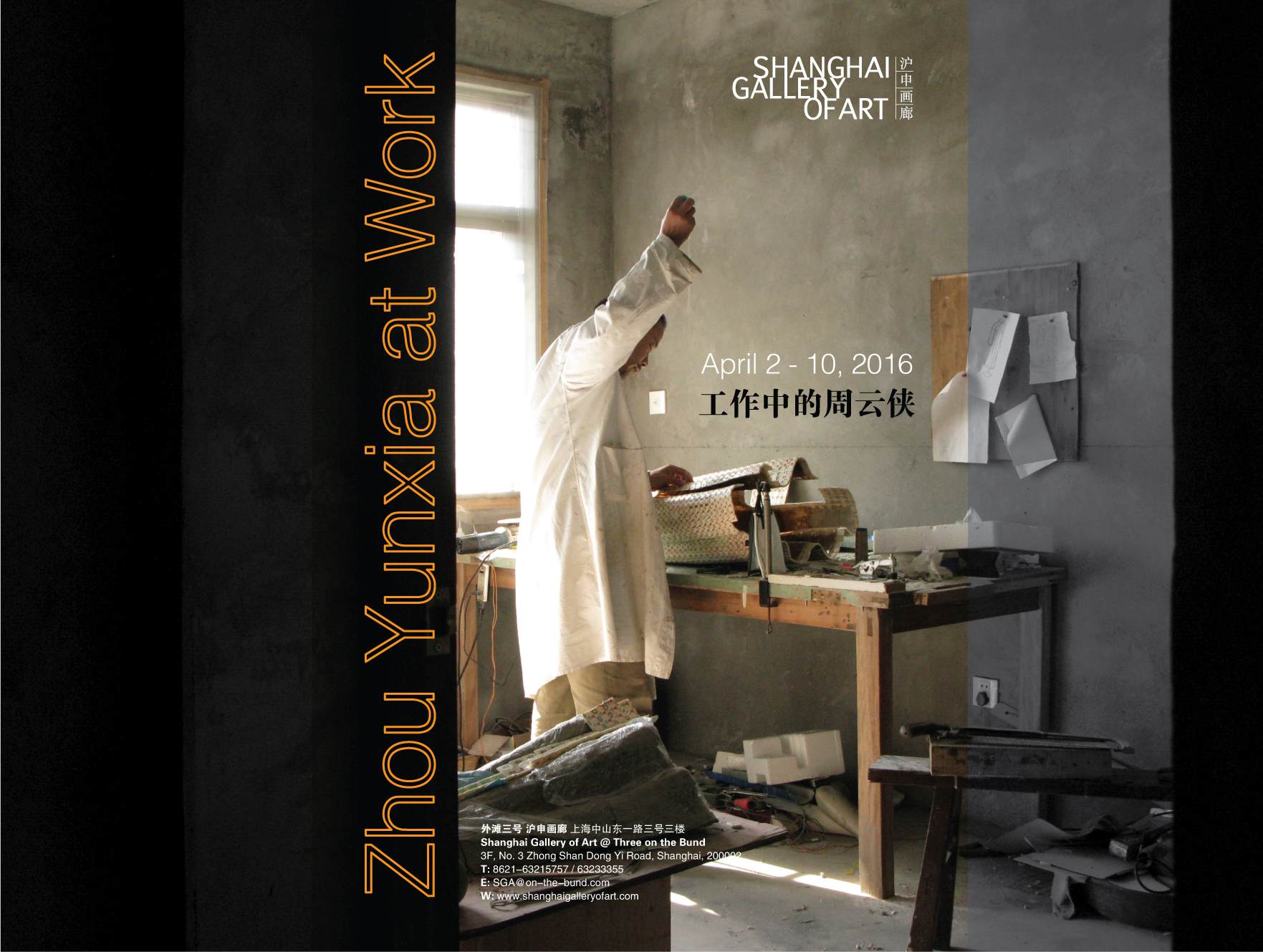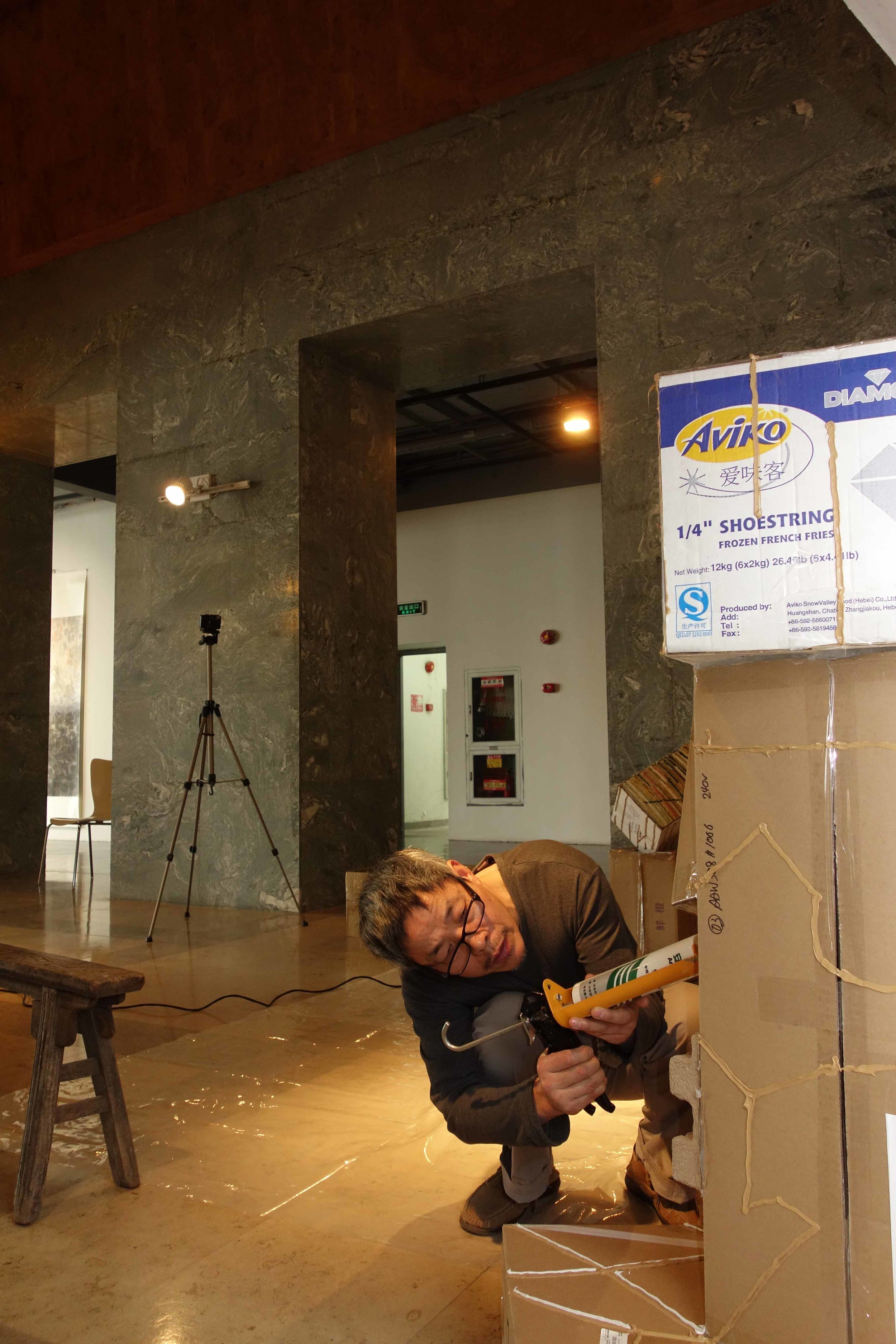Born in 1958, Zhou Yunxia was one of the “sent-down youth”-generation and later worked as a cook for a while. Before the “85 New Wave” he was already actively involved in the various art movements and collectives and hence was considered a witness of the dramatic period of Chinese contemporary art. The over thirty years of artistic practice and exploration of Zhou could be taken as a sample through which people can get a quite holistic and clear picture of those unforgettably exciting historical moments. It’s very lucky for us that Zhou Yunxia manages to keep a relevantly complete record of the works he has produced during the course of time, making it possible for us to conduct a systematic investigation into the development of his art, probing into the dynamics between the development path of an artist as an individual and that of the overall social and historic backgrounds.
Zhou Yunxia’s early works produced in the 1980s mostly featured traits of expressionism. With a combination of vehement colors and the imagery of surrealism he managed to express an individual’s critique towards the social life and historical culture. During this period, he also tried to introduce elements of abstraction into his work. From middle to late 1990s, a shift of attention to daily life could be perceived in his work. In other words, the sense of tragedy that was previously observed in his work was now transformed into a sense of everydayness and accessibility. Entering the new century, on the one hand he started to ponder upon the issue of cultural identity, which led to the “Mahjong” series; and on the other hand, he endeavored to get back to the nature of visual language, attempting to seek for a kind of “organic” expression through the expressiveness of colors and brushstrokes as well as abstract lines and dots. During this period, he once used toad skin as material in order to build a linkage between this particular material and aesthetics as well as daily life in the form of art.
Experimentation and exploration have always been the two key words in his long and enriched career of art. Within the context of contemporary art, he was one of the pioneers to resort to ink art, which was the very traditional Chinese art form and has been playing a prominent role in his works produced during different times ever since. Moreover, he also made a bold step to introduce elements of performance art, site-specific production, new materials and transformation of meaning into his work. It seemed it all came natural to him who was never trained in official art academies. It is his intriguing life stories, profound experience, energetic view of life and philosophical approach that have imbued each of his works unique vitality.
By transforming the gallery space into the artist’s studio and inviting the artist himself to do a residency on-site, we want to build a bridge to facilitate audience to have more insight into the artist and his work. Works produced during different periods collectively form a non-liner narrative of Zhou’s practice within the same space. Moreover, the presence of the artist and the ongoing production would further imbue the “site” with new dynamics that possess the potential to be constantly expanded. In this way, it enables audience involved in the “site” to physically feel not only a sense of reality but also the possibilities to probe into the vast realm of the unknown.



